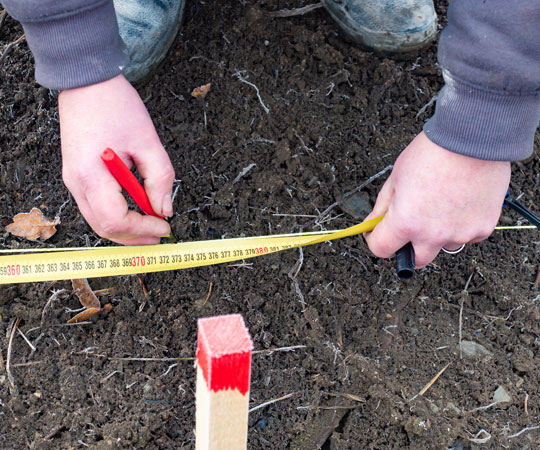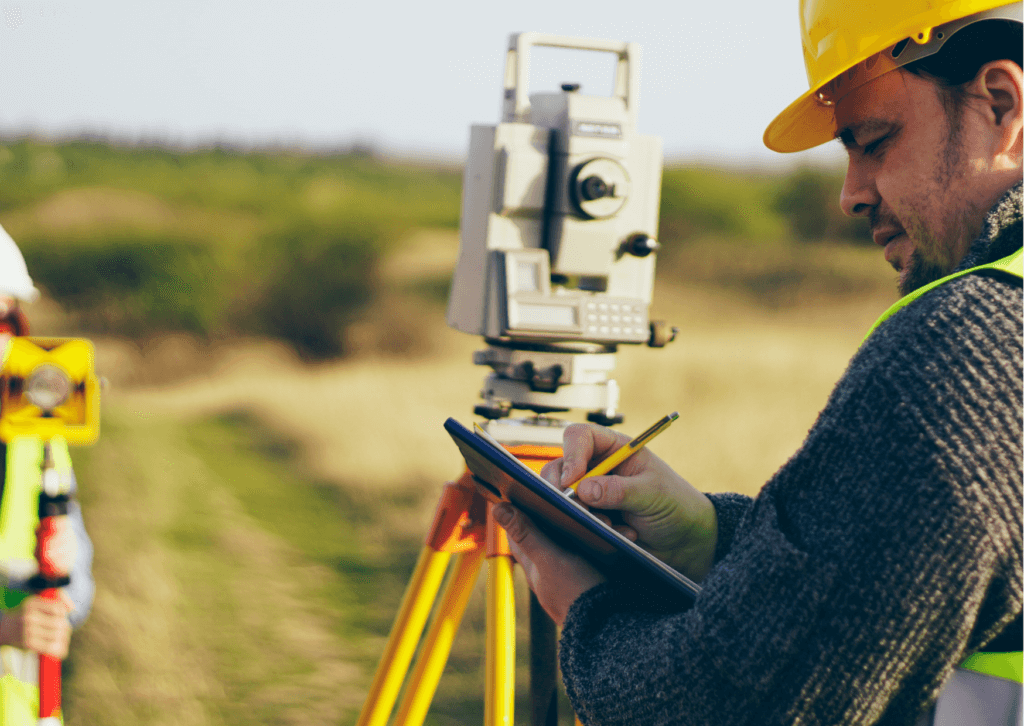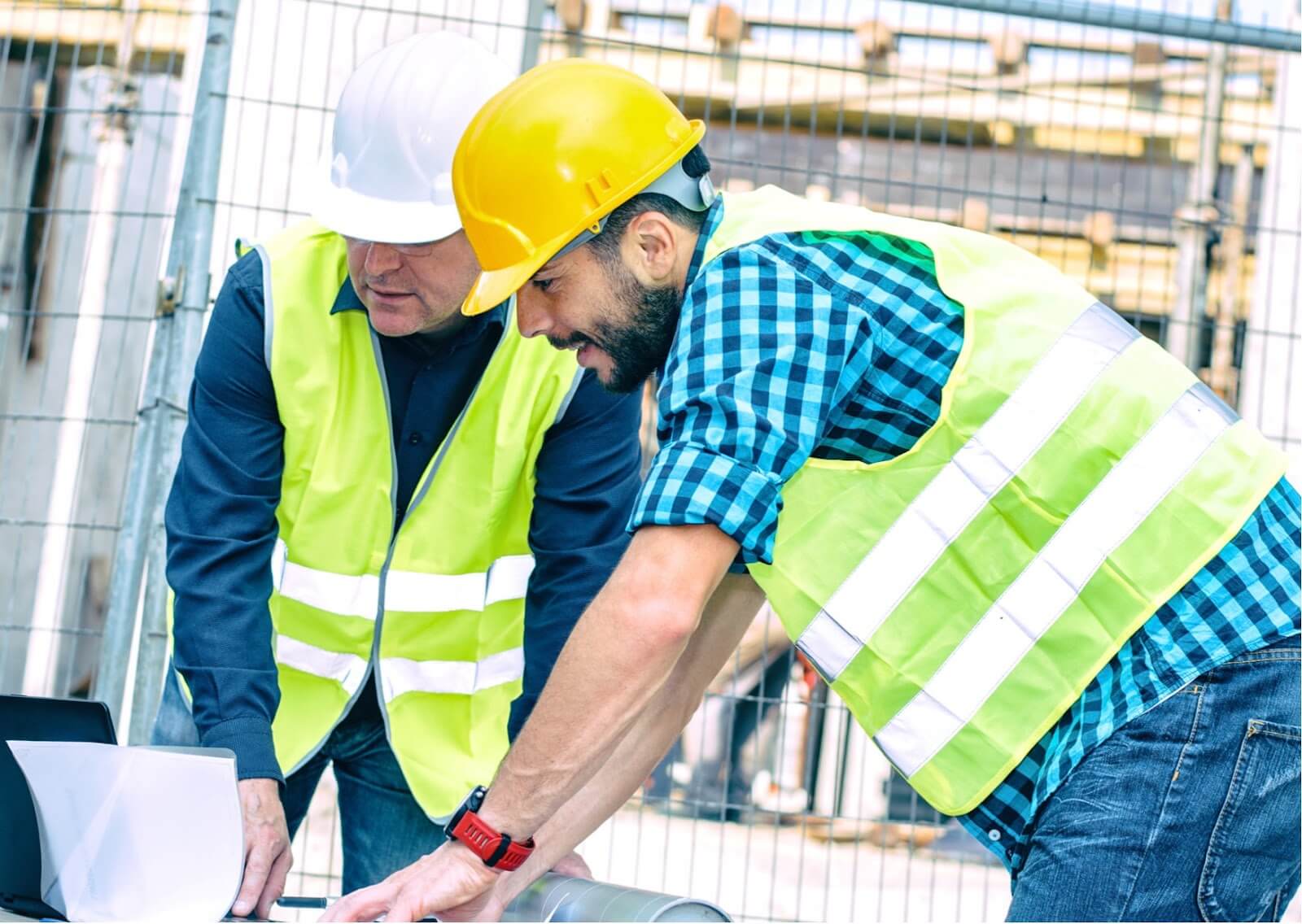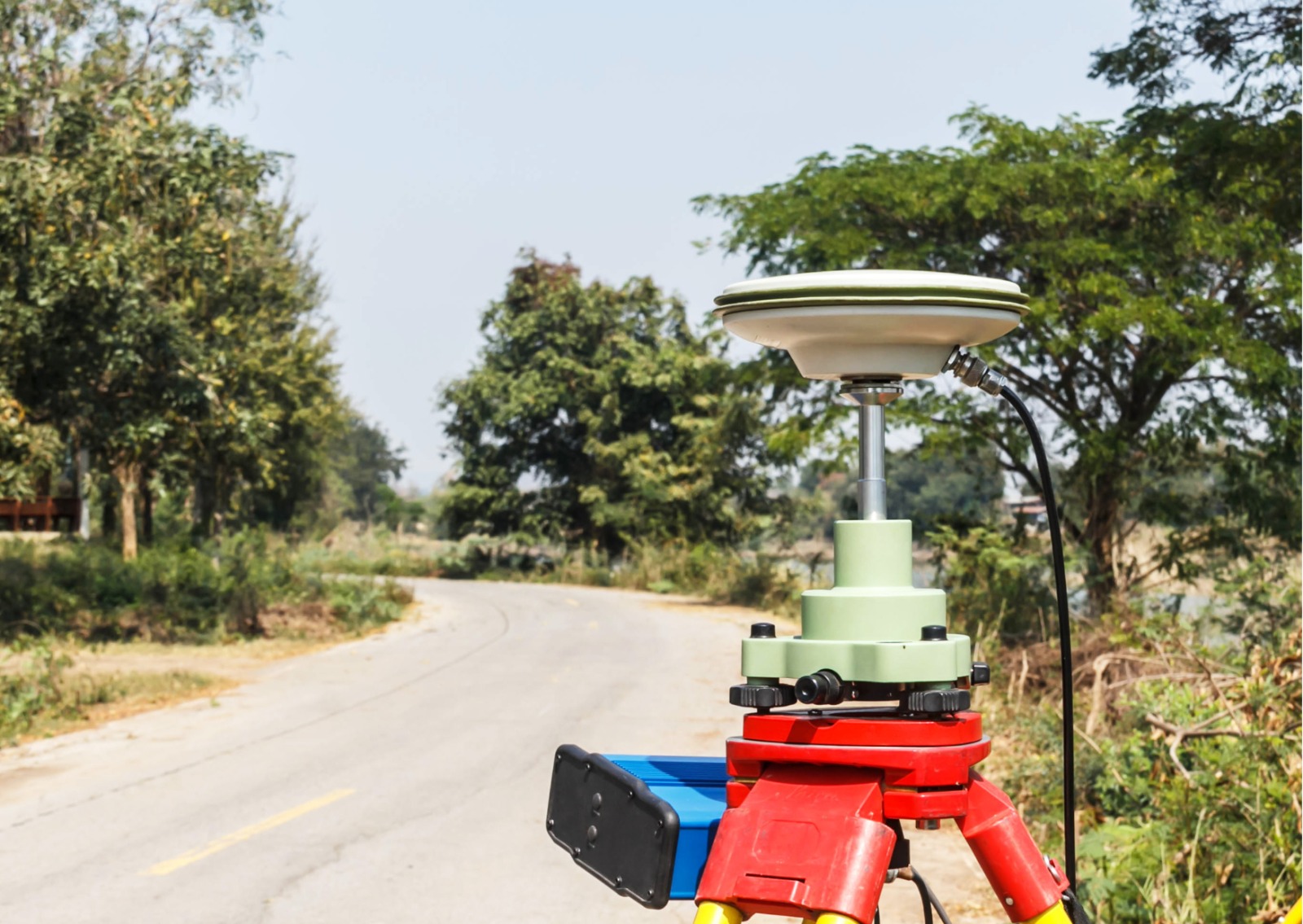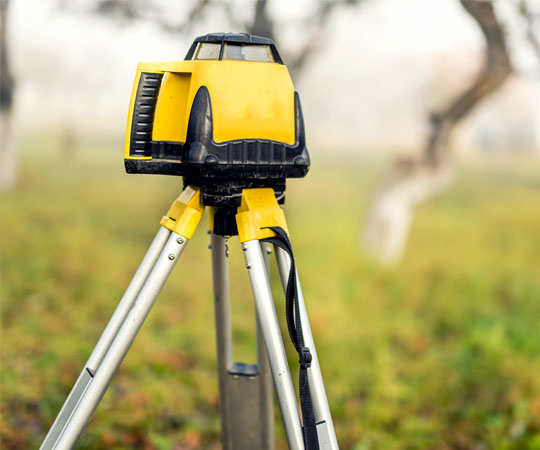Benefits
Highly accurate
GPR surveys gather detailed, accurate information as they can detect metallic and non-metallic objects. The data can be interpreted in real-time or processed off-site by the surveyor.
Cost-effective
Opting for a GPR survey means you know exactly what you’re up against underground. This allows for proper planning of any construction or groundwork which prevents delays and minimises the risk of structural damage – saving time and money.
Fast data collection
Measuring the signals from the radar is simple and the image is produced in a matter of minutes, making it suitable for scanning large areas. GPR is also faster, safer and cheaper than radiography.
Non-destructive and safe
It is a non-invasive method – all you need is single-sided access to the ground, making it ideal for public spaces.
High-resolution images
Both high and low frequencies are used to gather high resolution images and different depths.
Variety of applications
GPR surveys are versatile and can be used in numerous environments.

